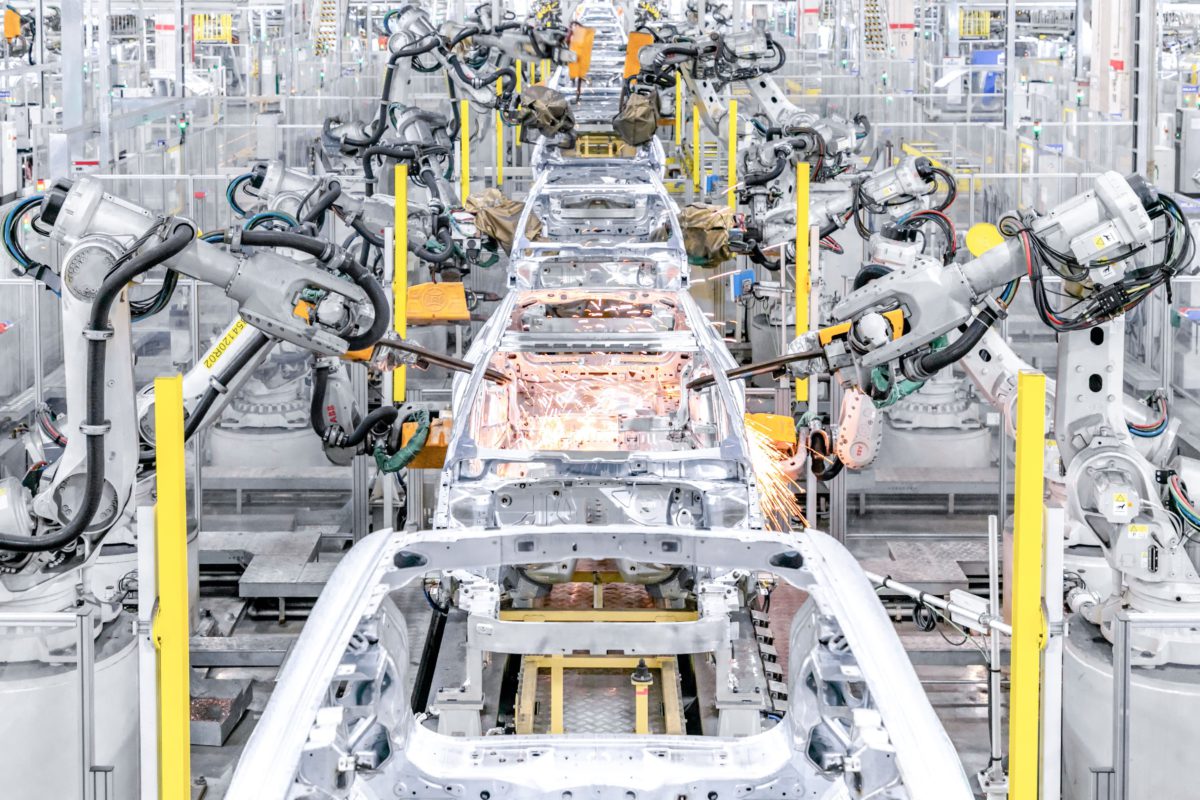Volvo announced it has become the first automaker to join the SteelZero initiative, which aims to increase the demand for fossil-free steel. This is aimed at increasing carbon neutrality in the global steel industry. Volvo Cars committed to stringent CO2-based steel sourcing requirements by 2030 and aims to use only net-zero steel by 2050. This is also in line with the company’s ambition to become climate neutral by 2040.
Steel production is a major CO2 emitter in the auto industry with an average of 33% of all production-related emissions for a new Volvo vehicle in 2021. On a global scale, steel manufacturing is responsible for 7% of greenhouse gas emissions.
“A sustainable approach to steelmaking is not just good news for the environment, it is also good business as it limits our exposure to future climate risks and regulations,” said Kerstin Enochsson, Chief Procurement Officer at Volvo Cars. “We are pleased to join the SteelZero initiative and support its ambitions to transform the steel industry. By signaling our demand for responsibly-sourced low- and zero-carbon steel, we aim to help drive an increased supply to our sector.”
Launched by the Climate Group as a collaboration with ResponsibleSteel, SteelZero sets a standard and certification for the steel industry. This gives Volvo access to reliable, third-party verified, and audited info regarding its steel supply chain plus sustainability credentials to ensure it’s sourced responsibly. SteelZero will also look into supply chain issues like labor and human rights, local community engagement, water use, and impact on biodiversity.
Joining SteelZero is the latest initiative that Volvo joined to address one of the biggest sources of CO2 emissions. Last year, the company announced a collaboration with SSAB, a Swedish steelmaker to jointly develop fossil-free, high-quality steel via the HYPBRIT initiative. This replaces coal coking with clean electricity and hydrogen for steelmaking.
Volvo’s existing operations aim to be carbon-neutral by 2025. All of its European plants are powered by 100% clean electricity with the Torslanda, Sweden plant being fully climate neutral. The brand’s Chinese sites in Chengdu and Daqing also make use of climate-neutral electricity. Last year, Volvo introduced an internal carbon price of 1,000 SEK ($101) for every ton of carbon emissions from its entire business operations in anticipation of governments implementing carbon prices in the coming years.
Between 2018 and 2025, Volvo aims to cut its lifecycle carbon footprint by 40% and reduce supply chain carbon emissions by 25%. Volvo aims to sell only battery-electric vehicles from 2030 and onward. Plug-in hybrids will remain in the lineup for the short term as the brand makes the transition gradually.
Volvo’s second BEV-only model arrives later this year, likely called the Embla, following the C40 Recharge and XC40 Recharge. It will be built at the South Carolina facility alongside the Polestar 3, both of which will be underpinned by the SPA 2 architecture. Following the Embla will be the third-generation XC60, which will be offered as a pure electric vehicle. In total, Volvo will have seven BEVs by the middle of the decade, which will mainly consist of crossovers. However, sedans and wagons will remain especially with the latter being synonymous with the Volvo brand. Volvo is also developing an SUV slotting between the XC60 and XC90 under project V546. A new entry-level crossover is also in the works and is currently known as V216.
